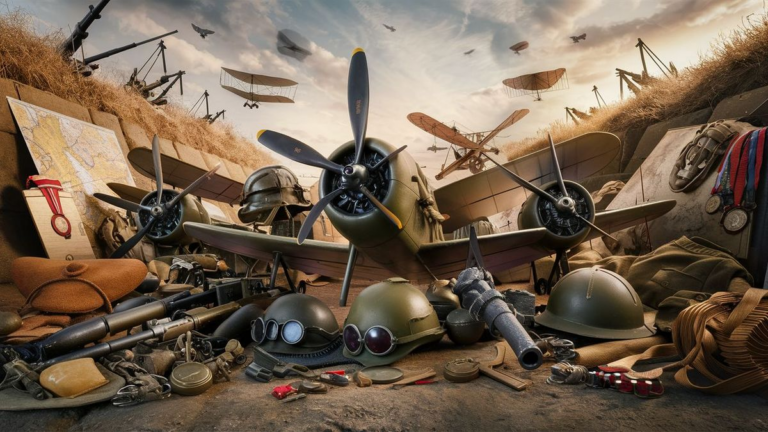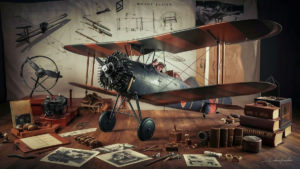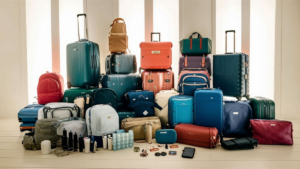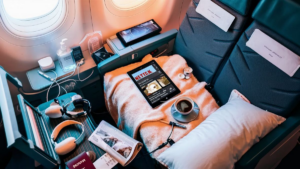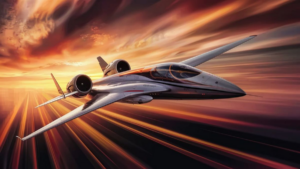During World War I, aircraft played a significant role in military operations, revolutionizing warfare and introducing aerial combat as a new dimension of battle. In this article, we delve into the multifaceted roles that aircraft undertook during the Great War.
Aerial Reconnaissance
One of the primary functions of aircraft in WW1 was reconnaissance. Aircraft were utilized to gather vital intelligence on enemy positions, troop movements, and fortifications. Equipped with cameras, pilots captured aerial photographs, providing invaluable insights to military strategists and commanders.
Artillery Spotting
Aircraft also served as eyes in the sky for artillery units. By observing enemy positions from above, pilots could accurately direct artillery fire, improving accuracy and effectiveness. This coordination between air and ground forces enhanced the lethality of artillery barrages.
Bombing Raids
The development of bomber aircraft allowed for strategic bombing raids deep into enemy territory. These raids targeted industrial centers, supply lines, and military installations, disrupting enemy operations and morale. Bombers played a pivotal role in shaping the course of the war.
Aerial Combat
Aerial combat, or dogfighting, emerged as a thrilling and deadly aspect of WW1. Fighter aircraft engaged in duels high above the trenches, battling for control of the skies. Pilots showcased their skill and bravery as they maneuvered their aircraft in intense aerial duels, often with devastating consequences.
Air Superiority
Establishing air superiority was crucial for both offensive and defensive operations. Dominating the skies allowed friendly aircraft to operate freely while restricting enemy movements. This control of airspace dictated the outcome of ground battles and strategic maneuvers.
Communication and Courier Duties
Aircraft were also utilized for communication and courier duties, delivering messages and orders between command centers and frontline units. This facilitated rapid communication and coordination, essential for executing complex military operations.
Psychological Warfare
The presence of aircraft instilled fear and uncertainty among enemy forces. The ominous roar of engines overhead and the threat of bombing raids inflicted psychological stress on troops, weakening their morale and resolve.
Technological Innovation
WW1 spurred rapid advancements in aviation technology. Engineers and designers pushed the boundaries of aircraft design, resulting in faster, more maneuverable planes. Innovations such as synchronized machine guns and aerial tactics revolutionized aerial warfare.
In conclusion, aircraft in WW1 served diverse and essential roles, from reconnaissance and artillery spotting to aerial combat and strategic bombing. Their impact on military operations cannot be overstated, as they fundamentally altered the nature of warfare. The legacy of aviation in WW1 continues to influence modern air power and tactics.
Medical Evacuation
While not initially a primary role, aircraft in WW1 started to be used for medical evacuation purposes as the war progressed. They were adapted to transport wounded soldiers from the front lines to field hospitals or medical facilities behind the lines. This expedited the medical treatment process and increased the chances of survival for injured troops.
Utilization of Aircraft in Civilian Roles Post-War
Following the end of World War I, surplus aircraft found their way into civilian applications. From aerial photography for cartography to early forms of airmail delivery, these aircraft helped lay the groundwork for the burgeoning aviation industry in the post-war era.
Frequently Asked Questions
1. Were drones used in WW1?
No, drones as we know them today were not used in WW1. However, there were early experimental attempts at remote-controlled aircraft, primarily for target practice purposes.
2. How did aircraft maintenance occur during WW1?
Aircraft maintenance during WW1 was a labor-intensive process conducted by ground crews. Mechanics worked tirelessly to keep aircraft airworthy, often under challenging conditions near the front lines.
3. Were there any notable female pilots in WW1?
While women were generally not permitted to serve as military pilots in WW1, there were a few notable exceptions. Women such as Marie Marvingt and Katherine Stinson pursued aviation careers and contributed to the war effort through various means, including ambulance driving and exhibition flying.
| Role | Function |
|---|---|
| Aerial Reconnaissance | Gathering intelligence on enemy positions and movements. |
| Artillery Spotting | Directing artillery fire by observing enemy positions from the air. |
| Bombing Raids | Targeting enemy installations and disrupting operations through strategic bombing. |
| Aerial Combat | Engaging in dogfights to establish air superiority. |
See also:

